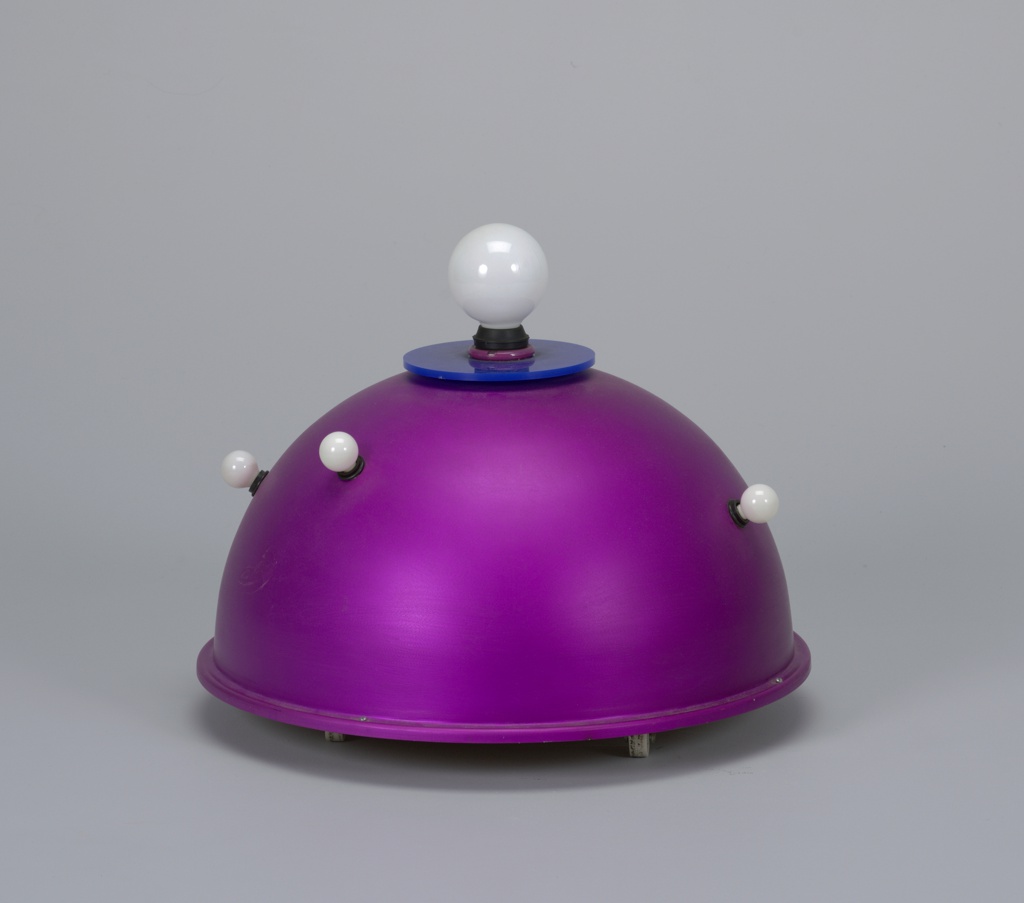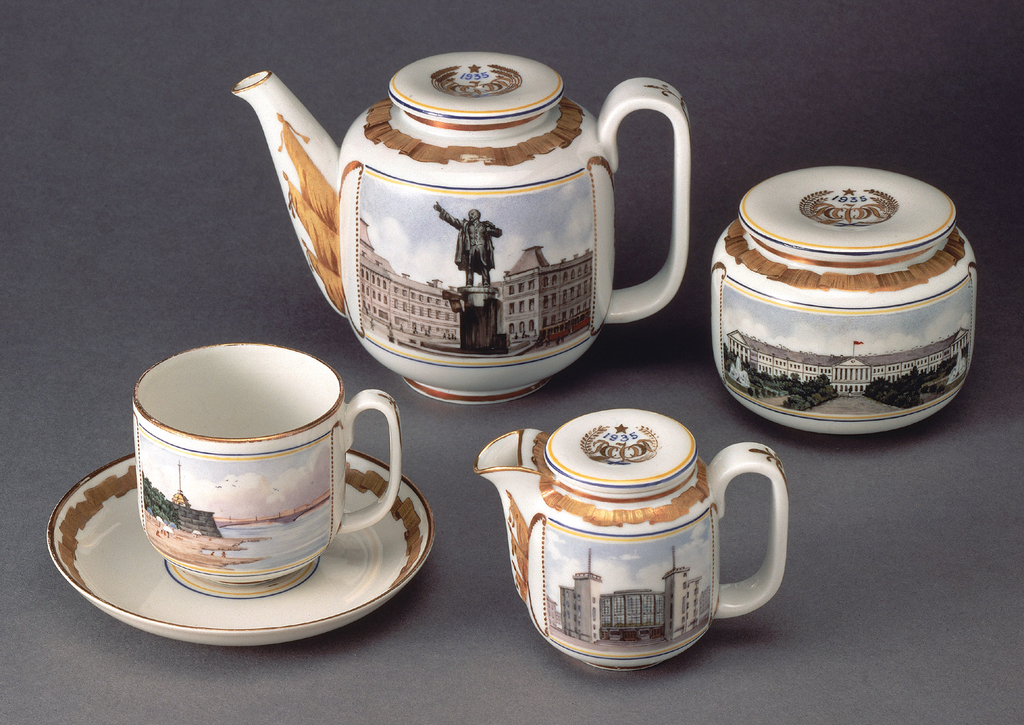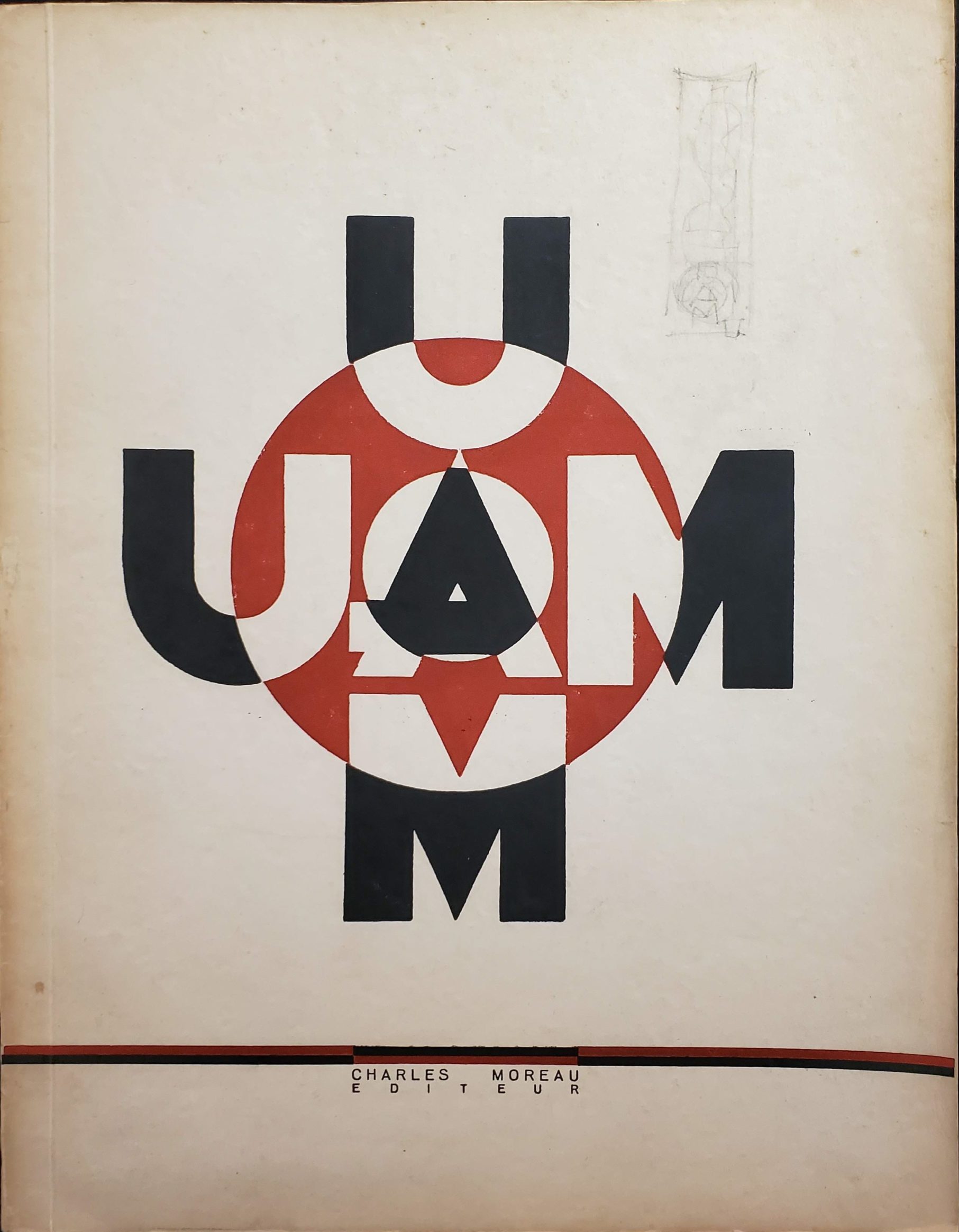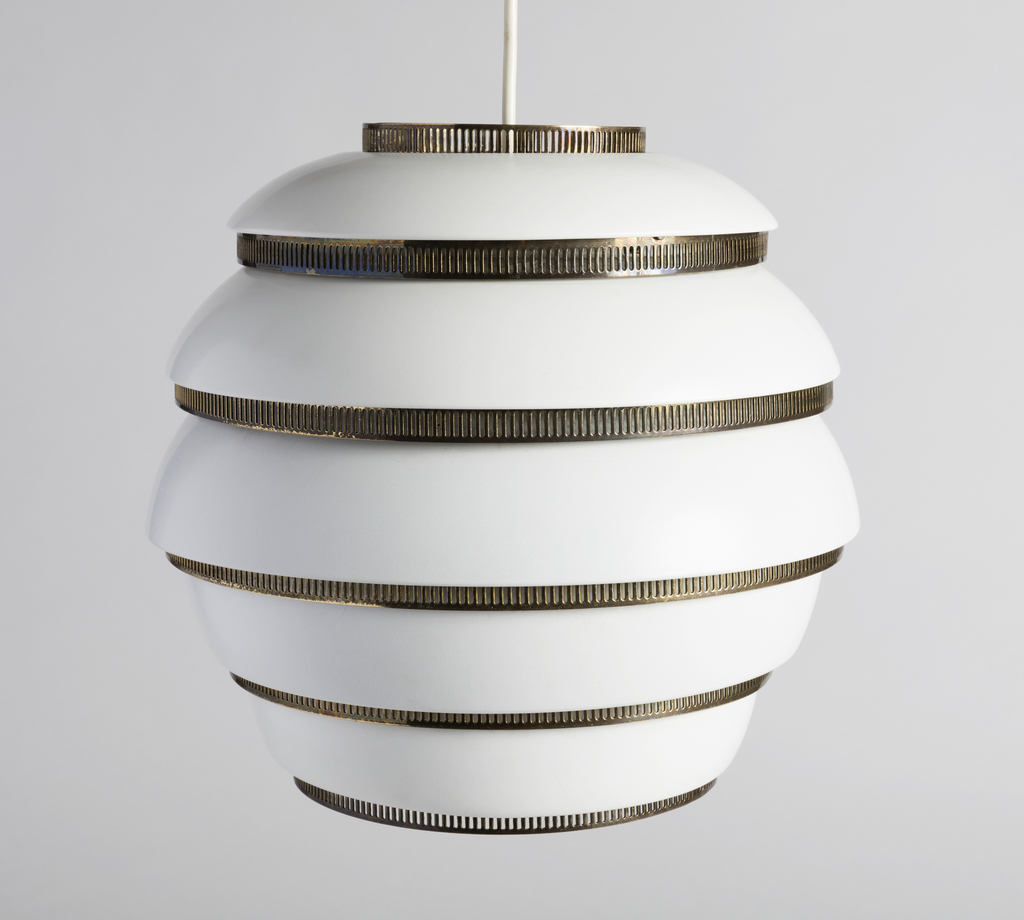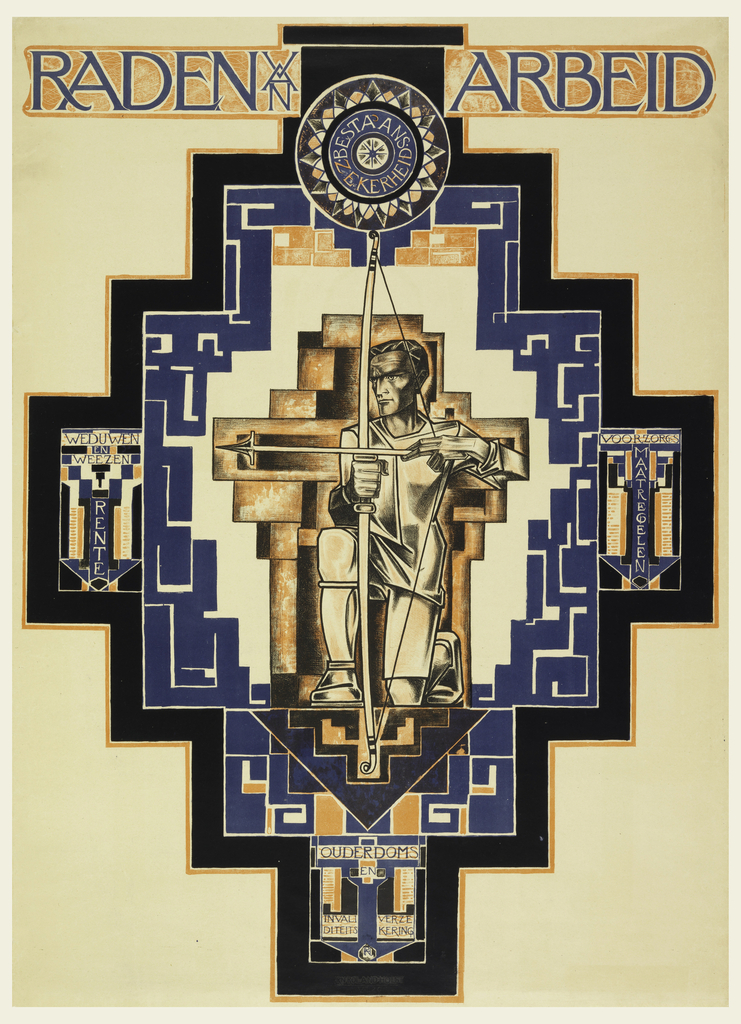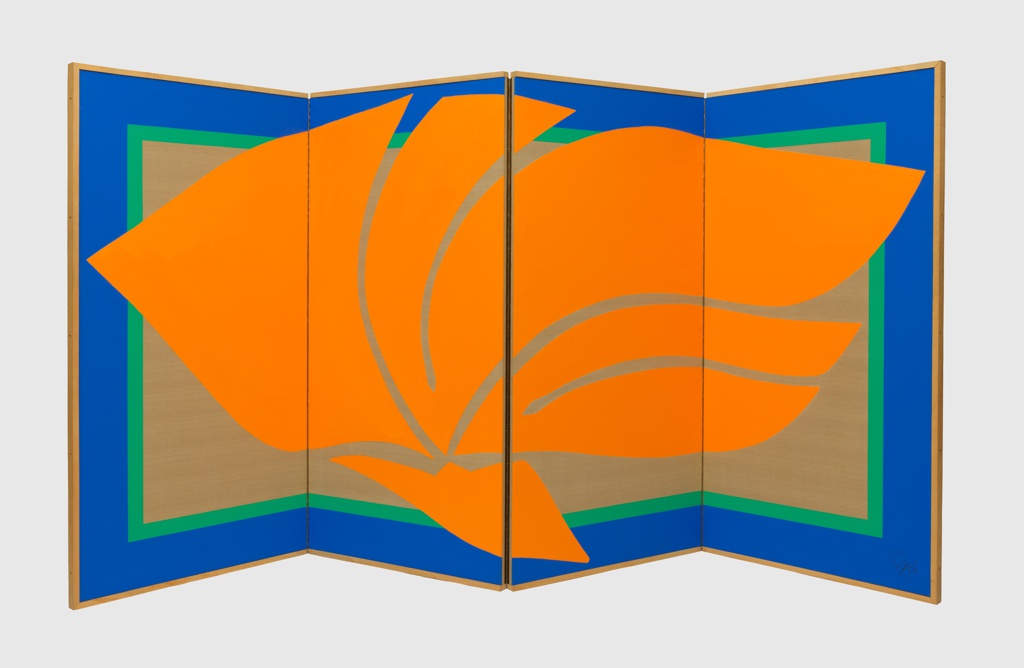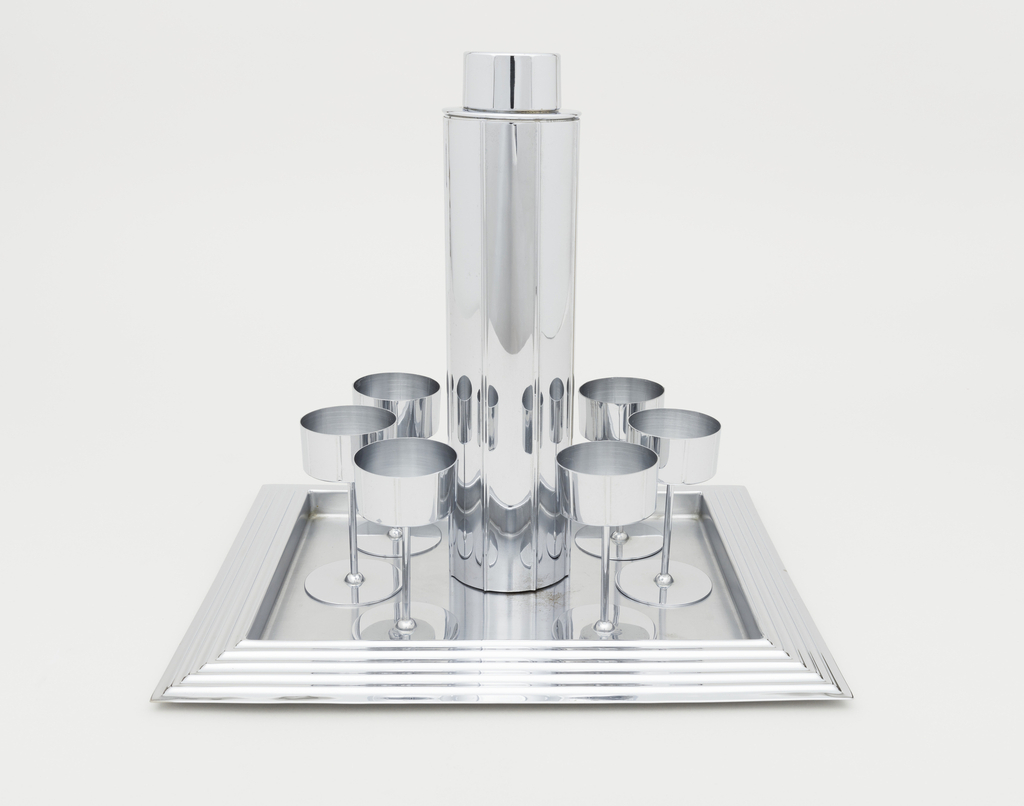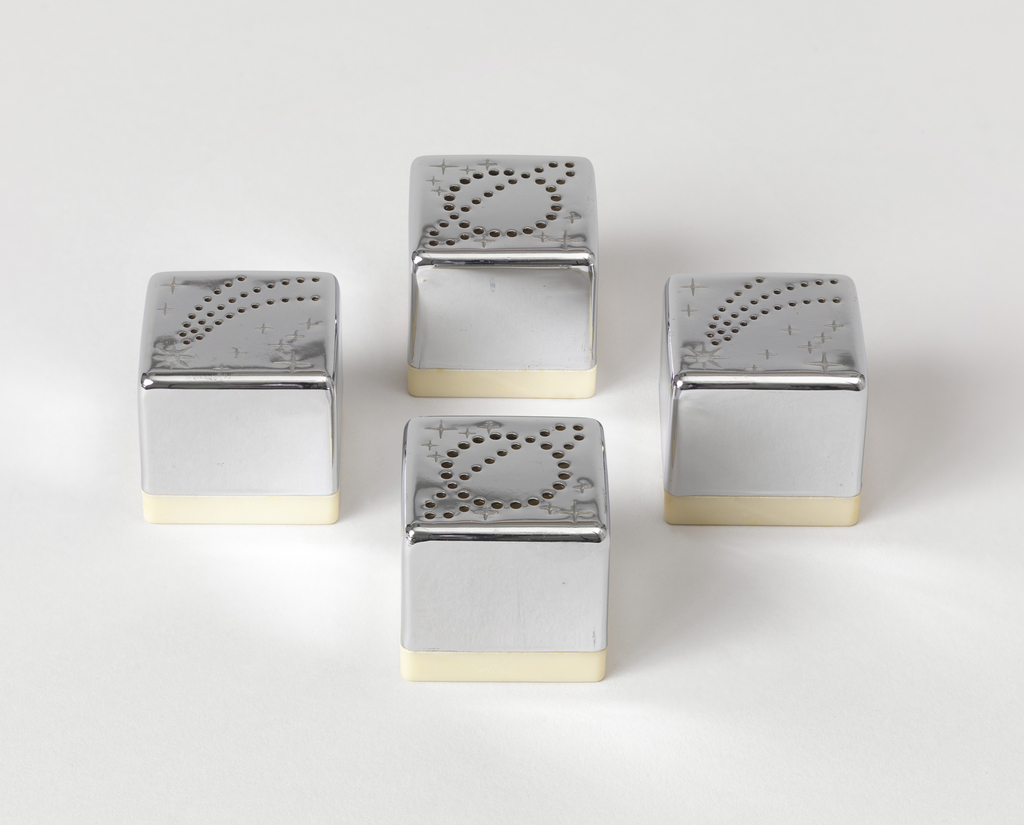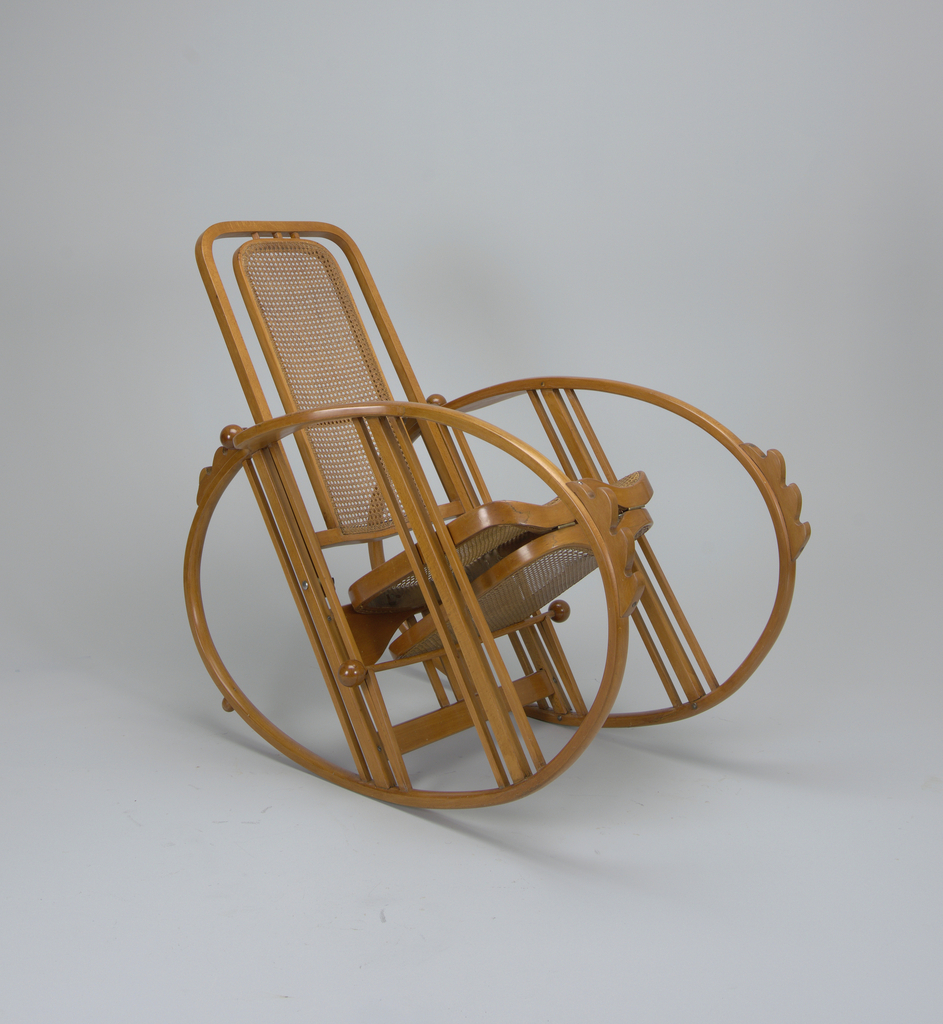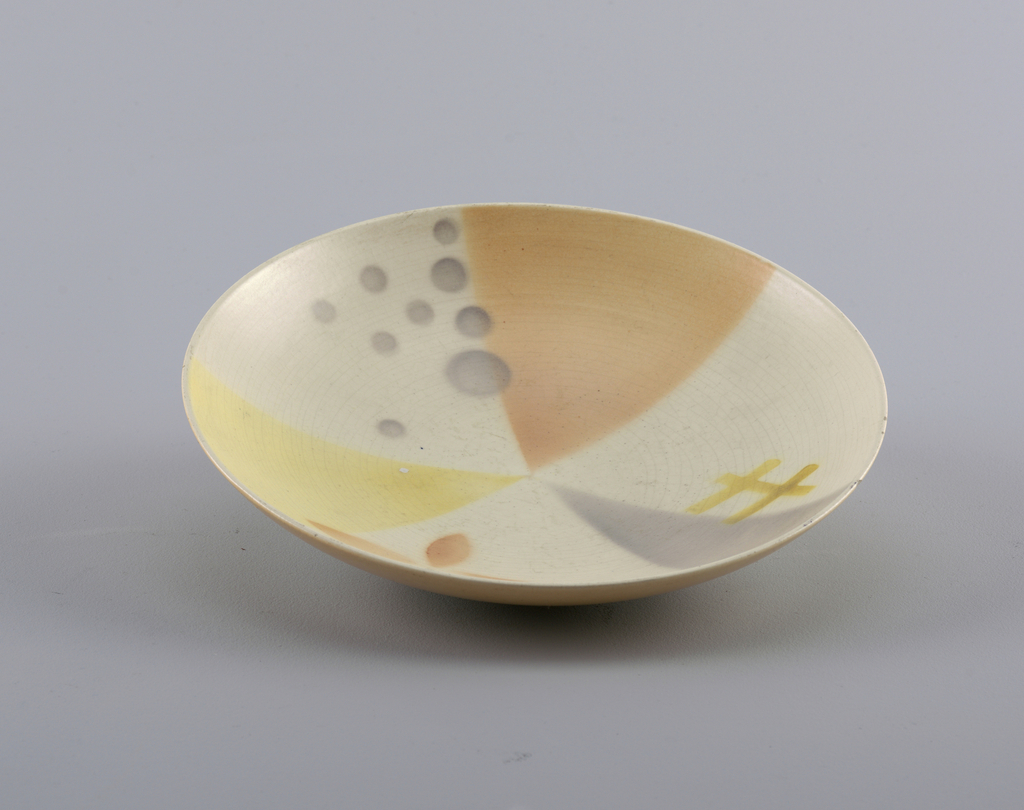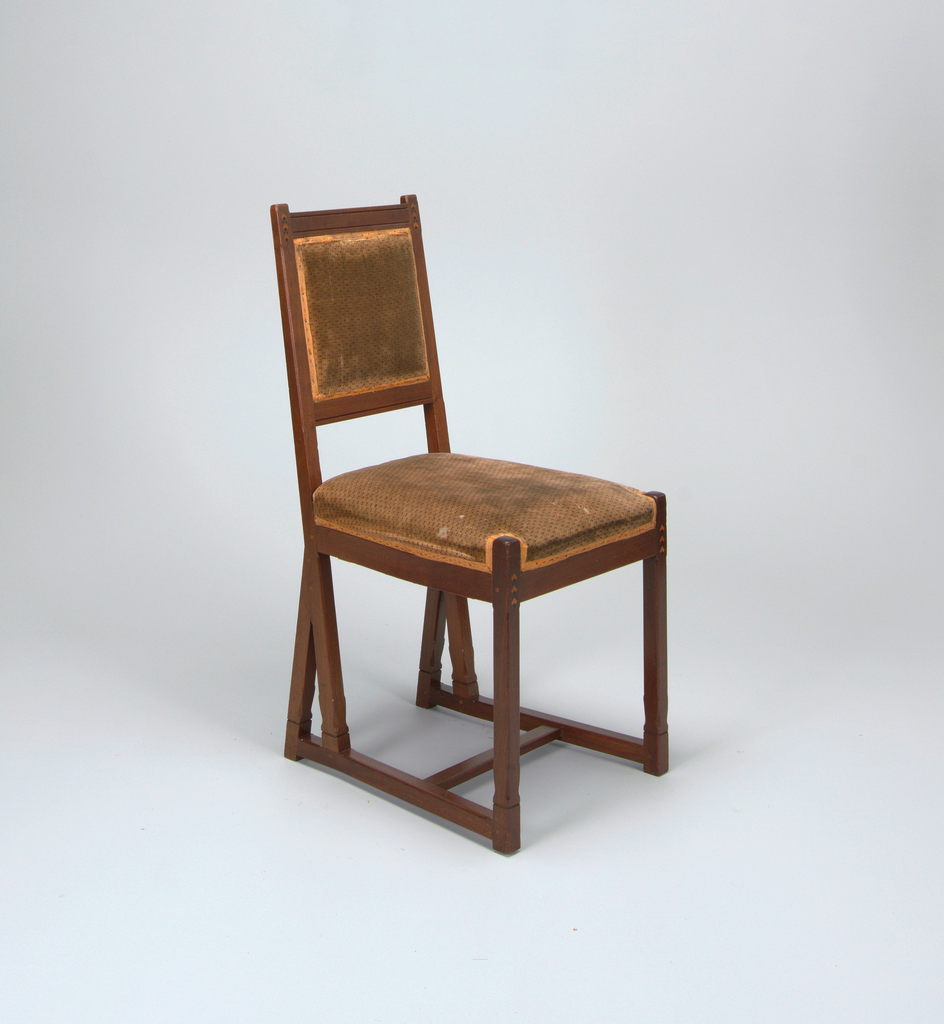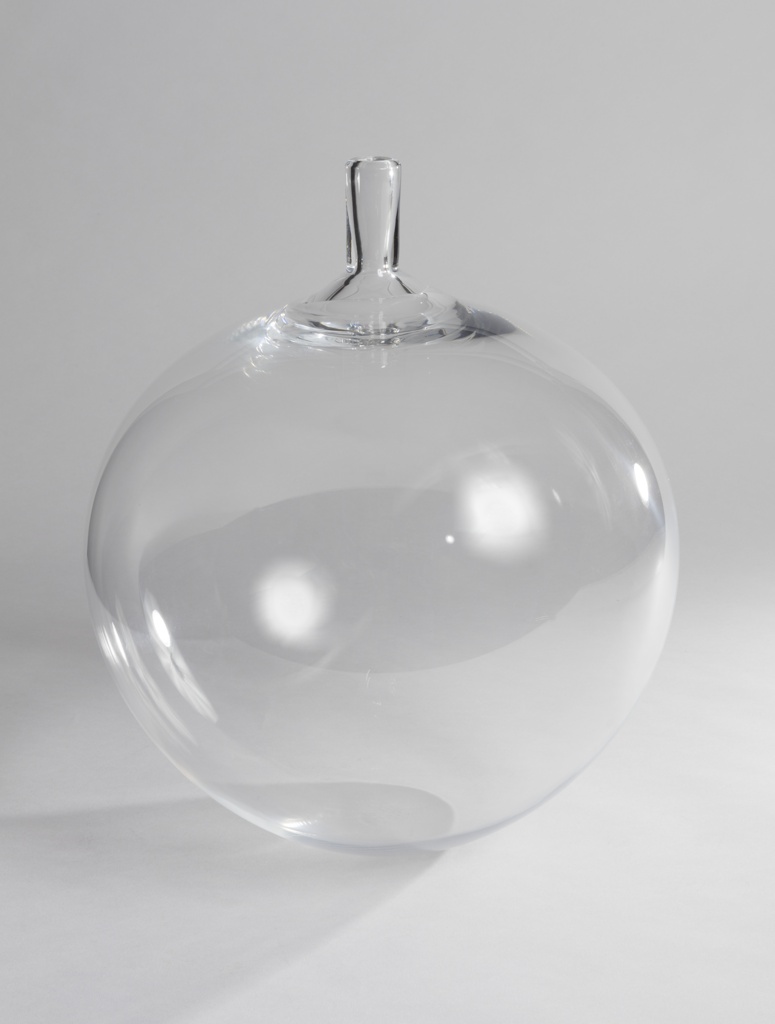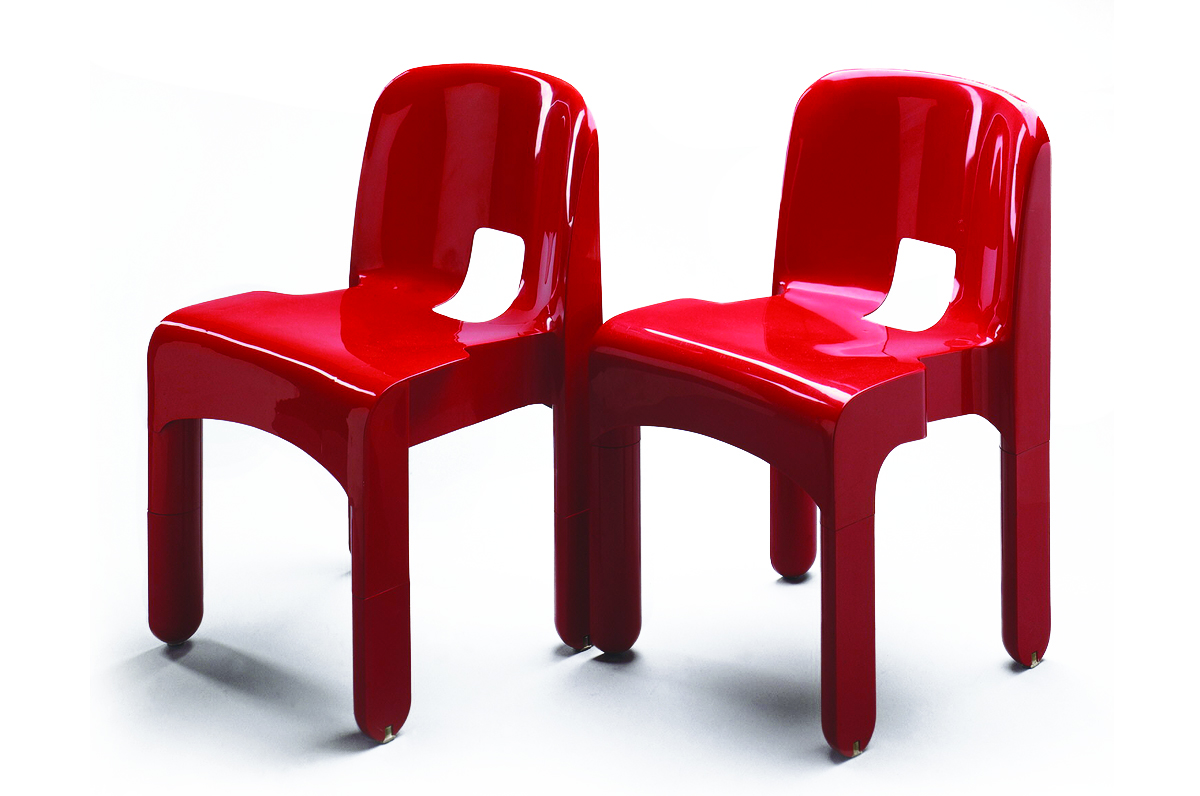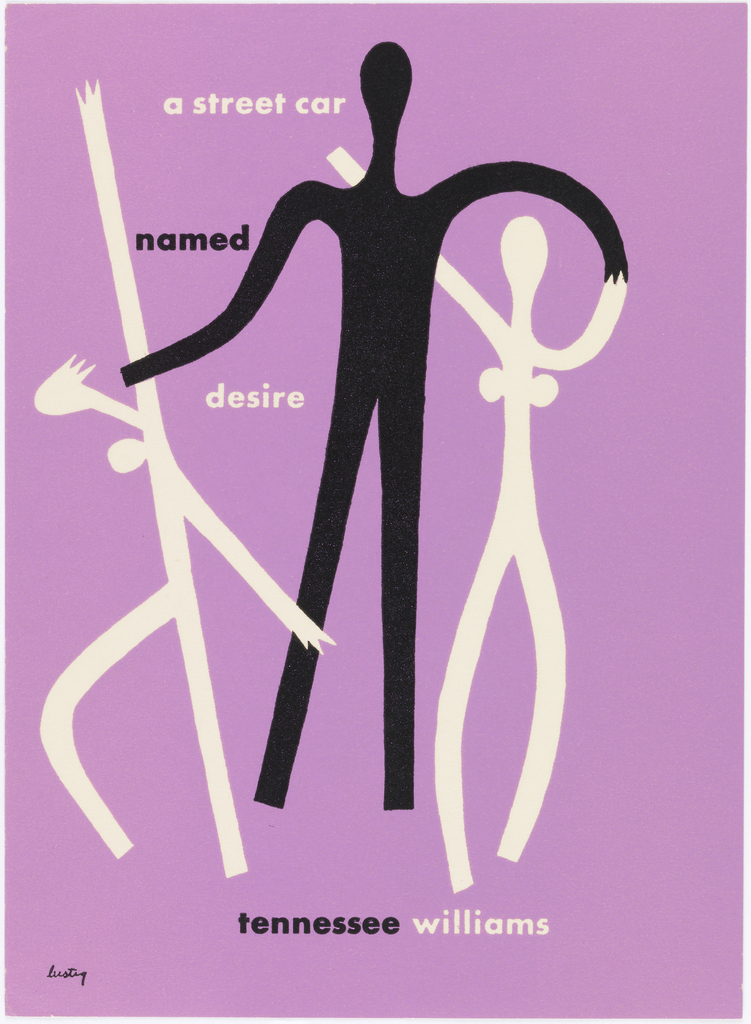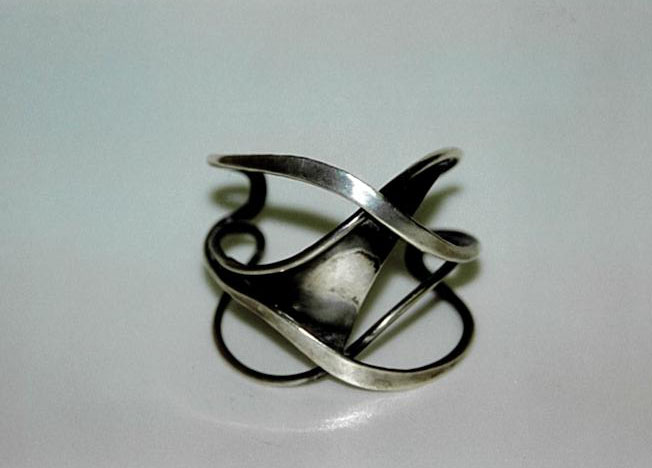In observance of Pride month, Cooper Hewitt’s curatorial departments have selected a group of objects with LGBTQ+ stories to feature on the museum’s collection site. These objects are loosely connected by the theme of queer modernisms and are by LGBTQ+ designers.
In celebration of National Design Month, October’s Object of The Week posts honor past National Design Award winners. A version of this post was published on November 13, 2012. Eva Zeisel, a major figure in twentieth-century industrial design, won the National Design Award for Lifetime Achievement in 2005. Although best known for her contributions to mid-century...
The UAM Catalogue is one of many period resources in the Cooper Hewitt, Smithsonian Design Library that chronicle French Art Deco and the shift into modernism in the twentieth century. The UAM (Union des Artistes Modernes) was founded in May, 1929, by a group of French designers, decorators, and architects, led by Robert Mallet-Stevens, who were...
“A lamp… [is] always part of an environment…. When working on… public building[s], I noticed that such furnishings and appliances were necessary to create the right unity, and then I designed them. The fact that later on they can also fit in another environment is another story.”[1] Lighting had become a significant part of Alvar...
In celebration of May Day—at a moment when the essential role so many workers play in our community is at the forefront of our minds—we are re-posting a modified version of this blog by Virginia McBride originally published November 8, 2015. Formerly a 2014 Peter Krueger curatorial intern, then a Curatorial Assistant, and Cataoguer in Cooper Hewitt’s...
Flowing forms of bright orange spread upwards, flickering across the four panels of this folding screen. The work, Fire-Orange, is one of a series of folding screens the American artist Jack Youngerman made beginning in 1978. Fire-Orange exemplifies how Youngerman, who passed away on February 19th at the age of 93, thoughtfully and creatively explored the nature and boundaries...
Millions of Americans wanted a drink when Prohibition was repealed at the end of 1933. Perhaps it might be better to say a legal drink? Alcohol consumption for the thirteen years after the passage of the Eighteenth Amendment had by no means stopped. In basements of brownstones and behind backroom doors, a generation of Americans...
The clean-lined geometric forms of these salt and pepper shakers show American modernism’s affinity for simplicity. During the 1930s the emergence of chromed metal, steel, and aluminum tableware coincided with the rise of modernist designs for everyday objects. These simple metal cubes were created with cost-effective manufacturing techniques, stamping and piercing, to create utilitarian and...
Adjustable and rockable, this reclining chair exemplifies the fusion of form and function. The chair was designed by the Udinese-based firm, Società Anonima Antonio Volpe, around 1905. The firm specialized in the production of bentwood furniture for the Italian market. This type of furniture had been made popular by the Viennese firm Gebrüder Thonet, which...
A compressor rumbling. A nozzle hissing. The colorful geometric shapes decorating this otherwise straightforward dish were not painted by hand. Rather they were applied by a device novel to the world of ceramics: the airbrush. The important and prolific German designer, Martha Katzer (1897–1947), created this dish for the Karlsruhe Majolika Manufaktur (KMM) in Baden,...
Refined, rational, and demonstrably Dutch, this was the aim when Hendrik Petrus Berlage designed this chair for the Amsterdam-based firm, ‘t Binnenhuis (The Interior). This important architect and designer opened the firm in 1900 in collaboration with the insurance company director, Carel Henny, jeweler, Willem Hoeker, and interior designer, Jacob van den Bosch.[1] Motivated by...
For the nearly thirty years between 1947 and 1971, that Ingeborg Lundin designed glassware for Sweden’s Orrefors glassworks, her designs were prized for their originality, simplicity and grace. Founded in 1898, Orrefors originally manufactured bottles, window glass, and tableware. In 1914, the firm started to produce cut crystal, and by 1925 had become internationally renowned...
Design scholar Penny Sparke traces the history of plastic since the nineteenth century and through modern design of the twentieth century—and notes how the material became one of the largest challenges facing the world's environment today.
In celebration of World Pride, June Object of the Day posts highlight LGBTQ+ designers and design in the collection. Today’s blog post was originally published on May 22nd, 2016. Alvin Lustig designed numerous book covers for New Directions Publishing over the course of his prolific career, including several for Tennessee Williams’s plays. Lustig’s modernist designs,...
From the archives, an Object of the Day post on the jewelry of Art Smith, one of the designers featured in Jewelry of Ideas.
